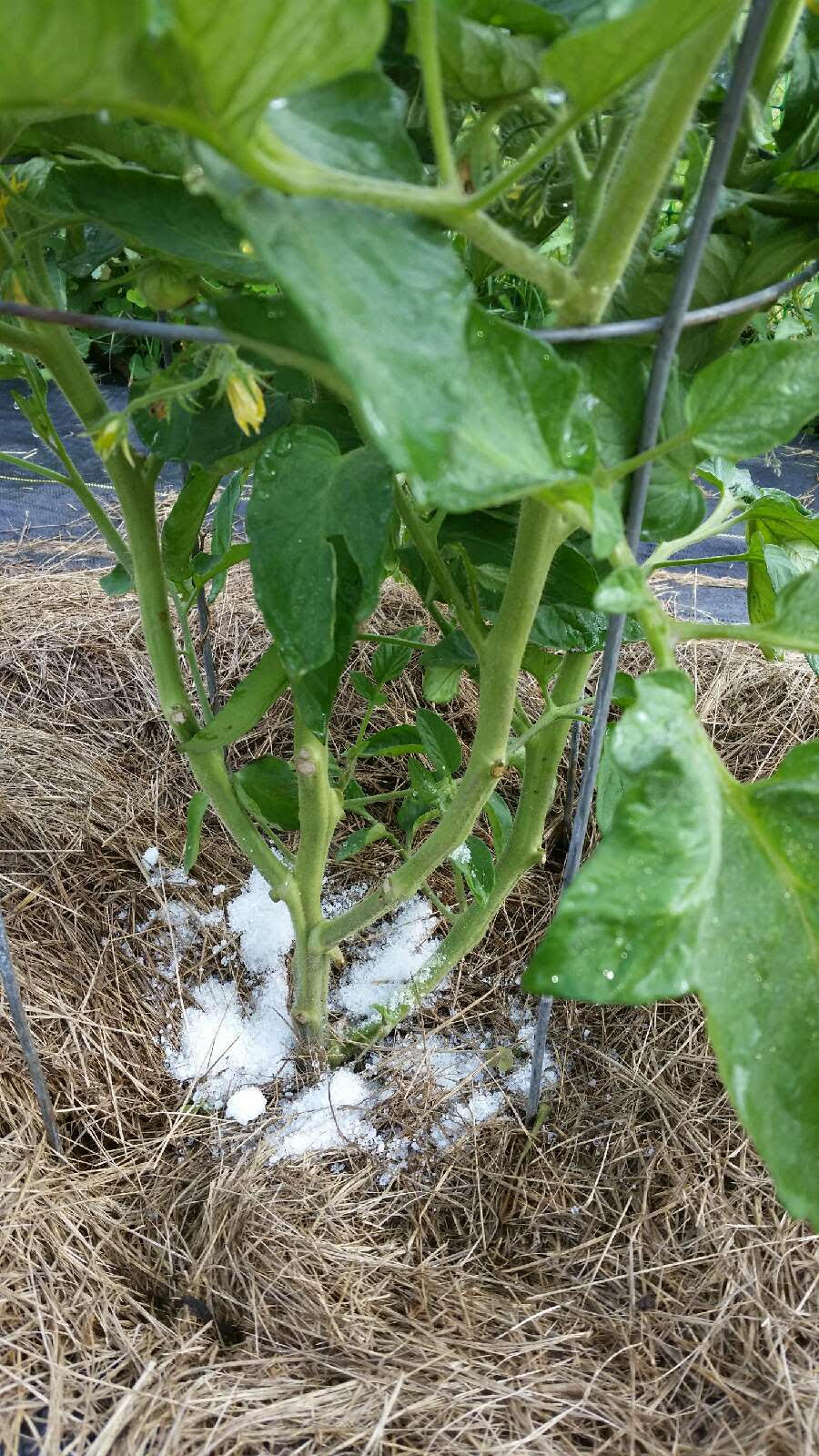What Plants Don't Like Epsom Salt? Tips for Much Better Plant Treatment
What Plants Don't Like Epsom Salt? Tips for Much Better Plant Treatment
Blog Article
Explore Why Some Plants Reject Epsom Salt as a Nutrient Resource
In the detailed globe of plant nutrition, the rejection of Epsom salt as a feasible nutrient resource by some plants positions an interesting problem. Despite its rich magnesium and sulfur web content, particular plant types appear to reject this conveniently available compound. The reasons behind this selective behavior delve into a complicated interplay of plant absorption mechanisms, the one-of-a-kind chemical structure of Epsom salt, and plant-specific nutrient choices. Recognizing these variables might clarify the mysteries of why some plants choose out of using this apparently advantageous nutrient resource.
Plant Absorption Mechanisms
In delving right into the detailed world of plant absorption systems, it ends up being evident that the procedure is controlled by an advanced interaction of molecular pathways and physical characteristics. Plants take in nutrients mainly through their roots, utilizing different transport systems to uptake necessary aspects such as nitrogen, magnesium, potassium, and phosphorus. Magnesium, an important component in chlorophyll synthesis and enzyme activation, plays an important function in plant development and growth.
The absorption of magnesium involves several steps, starting with its availability in the dirt remedy. As soon as liquified, magnesium ions are used up by plant origins through details transport proteins installed in the cell membranes. These healthy proteins promote the activity of magnesium throughout the root cell walls and right into the plant's vascular system, where it is then distributed to different tissues to support numerous physiological features.
Recognizing the elaborate systems behind magnesium absorption in plants drops light on just how this essential nutrient adds to overall plant health and wellness and performance. By optimizing magnesium uptake pathways, cultivators can enhance crop returns and high quality, highlighting the relevance of comprehending plant absorption dynamics for lasting farming techniques.
Epsom Salt Chemical Framework
The chemical structure of Epsom salt, additionally recognized as magnesium sulfate heptahydrate, discloses an unique arrangement of components that add to its unique properties and applications. The 7 water particles are loosely bonded to the magnesium sulfate substance, permitting it to liquify conveniently in water and be easily taken up by plants through their origins.
The crystal structure of Epsom salt forms monoclinic prisms, which are extended crystals with parallel ends. This crystal shape influences the physical residential or commercial properties of Epsom salt, such as its texture and solubility. Understanding the chemical framework of Epsom salt is critical for understanding its habits as a nutrient resource and its interactions with plants in farming and gardening techniques.
Plant-Specific Nutrient Preferences
Plants display unique choices for specific nutrients, emphasizing the value of recognizing their individual requirements for optimum development and development. Comprehending these plant-specific nutrient preferences is essential for making the most of crop returns, boosting decorative plant development, and promoting total plant health and wellness.

Plant-specific nutrient preferences can also vary based on whether the plant is a monocot or dicot. By customizing nutrient supplements to fulfill the specific demands of each plant species, growers can optimize plant development, lessen nutrition waste, and assistance lasting agricultural methods.

Soil Ph and Nutrient Uptake
Dirt pH plays a vital duty in establishing the accessibility of important nutrients for plant uptake. Acidic soils with a reduced pH are favorable for plants like azaleas and blueberries, while alkaline dirts with a higher pH fit plants such as lavenders and clematis.
On the various other hand, alkaline dirts may click over here restrict the schedule of nutrients like copper, zinc, and iron, impacting plant development. Keeping the proper pH level in the soil is vital for making sure that plants can successfully uptake the needed nutrients for their healthy and balanced advancement and performance.
Hereditary Variables in Nutrient Uptake
In the world of plant nourishment, the interaction of hereditary elements significantly influences the uptake of necessary nutrients critical for plant development and advancement. Genetic variables play a pivotal function in shaping a plant's capacity to soak up and utilize nutrients efficiently.
Furthermore, genetic variables likewise determine the performance of nutrient uptake systems within plants. Some plants might have hereditary attributes that enhance their capability to feed on nutrients from the dirt efficiently, providing them a competitive advantage in nutrient-poor atmospheres. On the various other hand, hereditary variations can also cause limitations in nutrient uptake, making particular plants a lot more vulnerable to shortages also when nutrients are bountiful in the soil.
Recognizing just how hereditary variables influence nutrient uptake is vital for developing strategies to maximize plant nutrition and enhance crop productivity in numerous farming setups. By unraveling the hereditary systems associated with nutrient uptake, scientists can function like this in the direction of developing genetically boosted plant selections with enhanced vitamins and mineral acquisition abilities.
Verdict

In the detailed globe of plant nutrition, the being rejected of Epsom salt as a sensible nutrient source by some plants positions an appealing problem. what plants don't like epsom salt. Understanding these plant-specific nutrient preferences my response is essential for taking full advantage of crop returns, boosting decorative plant development, and promoting overall plant wellness
By tailoring nutrient supplements to fulfill the precise needs of each plant species, growers can enhance plant growth, lessen nutrition waste, and support sustainable agricultural methods.
In the world of plant nutrition, the interplay of genetic elements significantly influences the uptake of vital nutrients important for plant development and growth. Comprehending these complexities in plant nutrient uptake is essential for maximizing plant growth and health and wellness in agricultural techniques.
Report this page